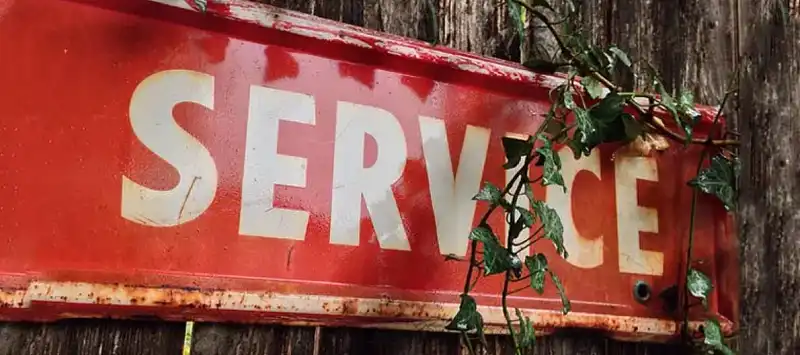What is service design and what is not? Many people are confused about the boundaries of service design. Obviously, a clear definition ensures that we are talking about the same thing when we talk about service design. Below we will explain a few concepts that are easily confused with service design.
Service Design and Design
Misconception: Service designers think they design everything.
However, this is not the case, service design is specifically about the process and behavior of designing services. Design broadly refers to the process and behavior of design, as opposed to the focus or object (tangible or intangible) of design.
Service design is not designing everything, but designing is designing everything. Service design is a profession, just as graphic design, industrial design, and interaction design are each a profession. Each professional field has its own specific form of work. If I’m designing a service, I’m either designing an end-to-end view of the service, or I’m designing a service touchpoint.
In this service, there are environments, systems, people, and tools. I may not have the expertise to design industry-specific systems, nor the industry environment in which the service is designed, but I need to know what they mean and what these things need to implement to support the service. As a service designer, we work with professional designers in various fields to make all the cohesion as a whole.
If I do service design for furniture, I need to have some basic knowledge about the purpose, characteristics, materials, and different ways of making furniture. I may not end up making furniture, but I need to understand the fundamentals of manufacturing in order to design something that can be made. But I can challenge this limitation, I can question the basic elements of furniture design and try to change it. Only by understanding the rationale and basics can I successfully get rid of them.
This is our service. Services have fundamental aspects in which we can be experts, even if we are not the ultimate builder of the service. I’m exploring service frameworks that can help us better understand the characteristics of services, the final form of our work.
Service Design and Design Thinking, People-Oriented Design
Misconception: Service design is basically the same as design thinking and human-centered design.
Service Design is devoted to the design of services.
Design thinking is the act of applying design processes, tools, and methods to problem solving without specifying the focus of the design or the behavior of objects (tangible or intangible). You can use design thinking to design services, but you can also use design thinking to design organizational strategies, to come up with ideas for how to launch your marketing campaigns, how to present your customer value proposition, how to address student truancy, how to say out of organizational challenges and more.
There is nothing to suggest that Design Thinking is tied to any one problem domain, and it is not specific to any one domain, which makes Design Thinking an attractive way to work across industries.
Human-centred design is about putting the people we design for at the center of the design process, and they need to be involved throughout the process, from insight gathering to the exploration and evaluation of design possibilities, because they are the ultimate recipients of design outcomes.
Human-centered design also does not involve problem areas and design objects: a furniture designer should be people-centered, understanding the background and needs of the people who use the furniture; a graphic designer should be people-centered, understanding the environment and the materials that will be involved in the design. People’s needs; service designers should be people-centric and understand the context and needs of the people who will be involved in the service.
Design thinking should always take a human-centered approach to problem solving.
Service Design and Customer Experience Design
Myth: Service Design and Customer Experience Design are the same thing.
They have some overlap, but not too much.
Therefore, every organization has a customer. This customer deserves an experience designed for it. Often with customer experience design, we talk about the customer journey and how it intersects with the business. i.e. how customers interact with a business over time is a start-to-finish observation. This may intersect with one or more services.
Service design specifically discusses design for services, which is essentially concerned with the customer’s experience with the service, and the organization’s experience in delivering the service. Customer experience can get rid of the particularity of service, spanning time and service.
Service Designer Strategy (Ttrategy) or Tactical (Tactical)
Why can’t service design be both strategic and tactical?
Isn’t helping an organization imagine a future where services are transformed an important and valuable task? Why shouldn’t designs be placed on the countertop? Isn’t it a worthwhile task to help an organization transform and bring something to life?
Whether you’re at a strategic or tactical point, you can make practical tests as early as possible. If you personally enjoy building and implementing work on your team, great! We need great designers to do this without making strategic work less valuable and important. The pressure is on us to create something that an organization can ultimately bring to life, and I will happily take on that challenge.

